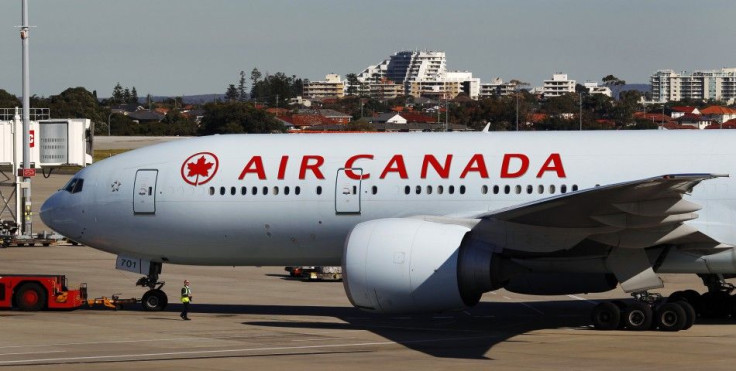Air Canada May Stop Flying Out Of Billy Bishop Airport In Toronto

Air Canada may stop flying out of the Billy Bishop airport, located on one of Toronto's lakeshore islands. The airline's main Toronto hub has been Pearson International Airport although it has been flying from the smaller airport for many years. Billy Bishop is the main base for rival Porter Airlines, which competes with Air Canada and WestJet on regional routes.
Cost Cutting
The decision of Air Canada to skip Billy Bishop Airport in downtown Toronto is part of its efforts to cut down costs. At present, Air Canada operates 15 daily return trips to Montreal out of the airport. Despite the airline's traffic and load factor having increased at Billy Bishop in 2014, the airline is still "assessing the viability of Billy Bishop operations based on terminal rates and terms", reported Financial Post.
However, Porter Airlines, which owns the passenger terminal at Billy Bishop, revealed that rates have been unchanged in Billy Bishop for the last four years. As Air Canada exits Billy Bishop, there is likely to be competition for the slots it will be vacating. Already WestJet has evinced interest in the airport as Billy Bishop would give it a "caché" in the Toronto-Ottawa-Montreal sector, noted Robert Kokonis, Managing director of Toronto-based airline consultancy AirTrav.
Meanwhile, Air Canada released its overall passenger traffic stats for Dec 2014, which showed passenger traffic up by 8.5 percent in 2014 compared to 2013, driven by the induction of Air Canada Rouge flights. The report in Global News, said Air Canada's 2014 load factor was 83.4 percent, up by 0.6 points than the 82.8 percent recorded in 2013. The traffic on Air Canada's trans-border routes between Canada and the United States grew 13.1 percent in 2014. The traffic in Transatlantic routes went up by 13.6 percent for the whole year and incremental growths graced the airline in Canadian, Pacific and Latin America-Caribbean routes.
Air Canada chief executive Calin Rovinescu claimed the strong results as a proof of its smart commercial strategy that focused on international growth and strategic deployment of Air Canada Rouge to compete effectively in leisure markets. RBC Capital Markets analyst Walter Spracklin also commented that the December traffic and load factor at "a very healthy" 82.6 percent was commendable. He also added that the Billy Bishop airport "comprises only a very small portion of Air Canada's overall network and any changes would not be substantial."
Rouge Advantage
Induction of Rougue really helped the airline lin lowering wage rates and supported with additional seating to reduce Rouge's operating costs compared to routes operated by Air Canada. The Air Canada CEO had told analysts in August 2014 that it would look at opportunities on a market-by-market basis.
(The writer can be contacted with feedback at kalyanaussie@gmail.com)




















